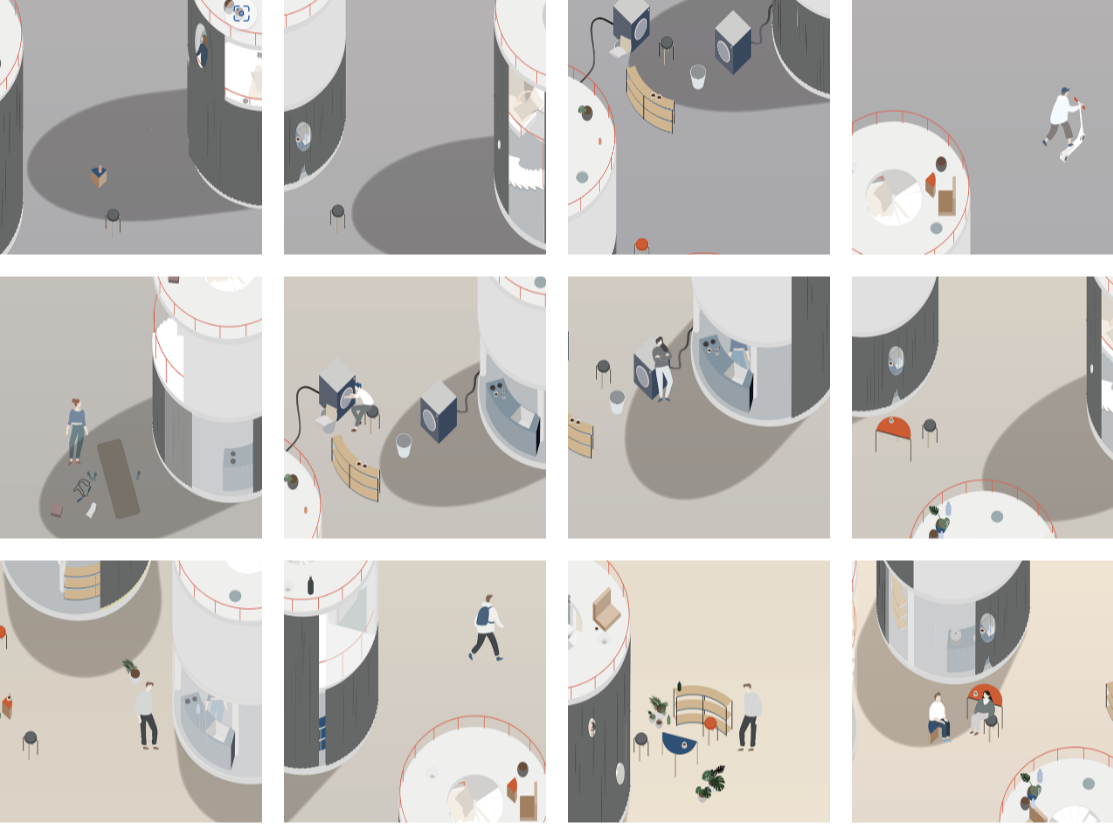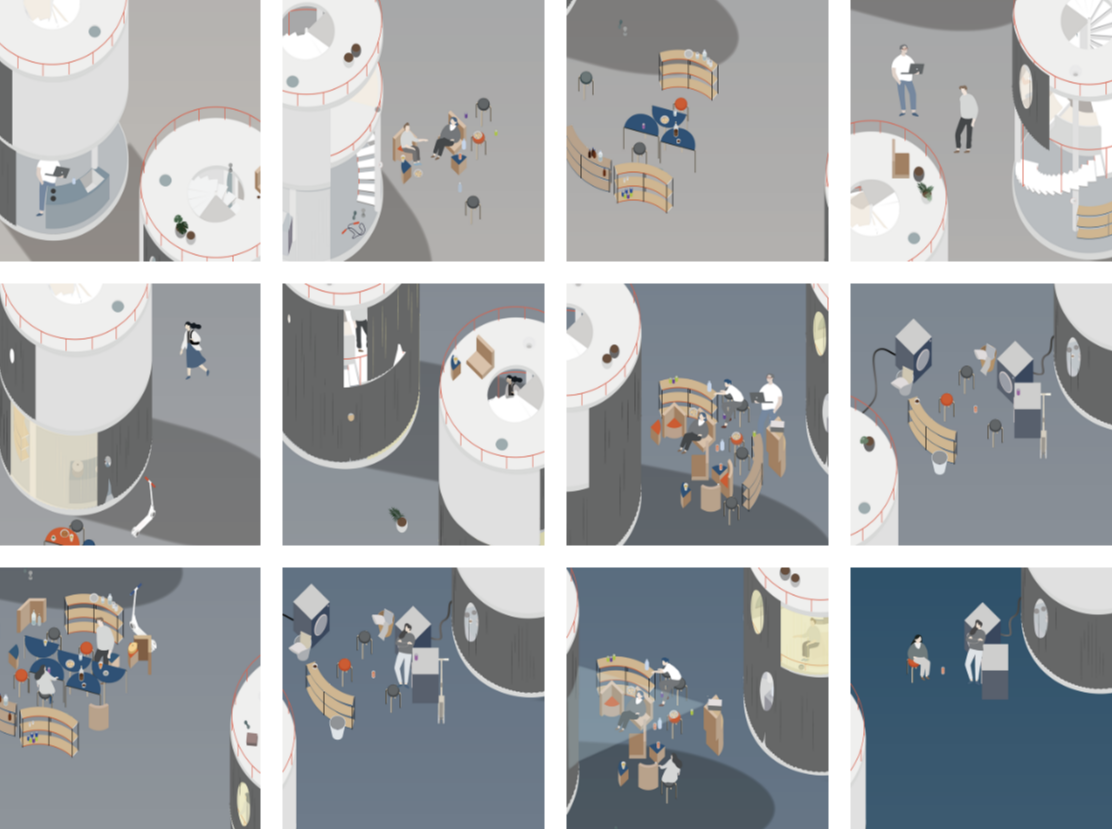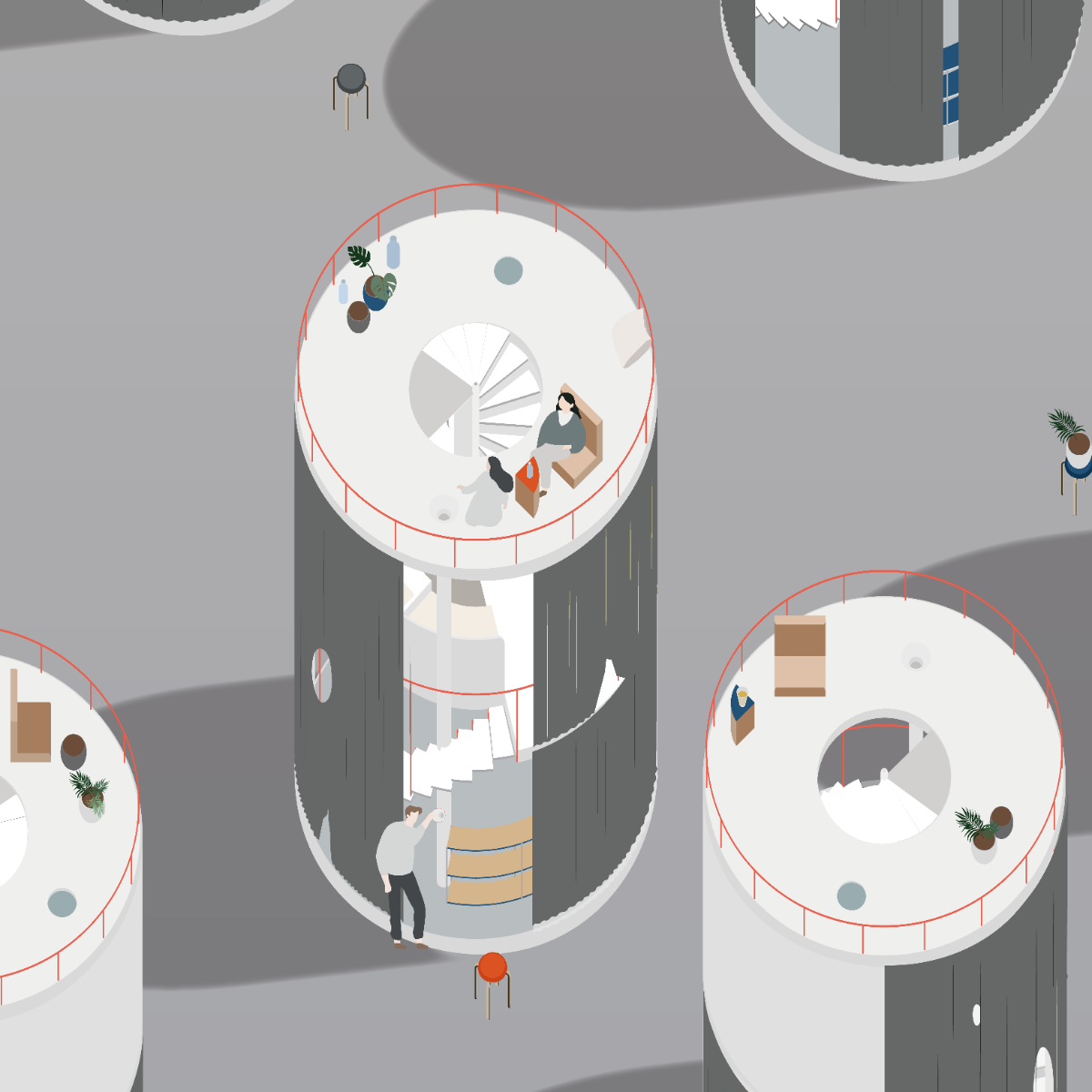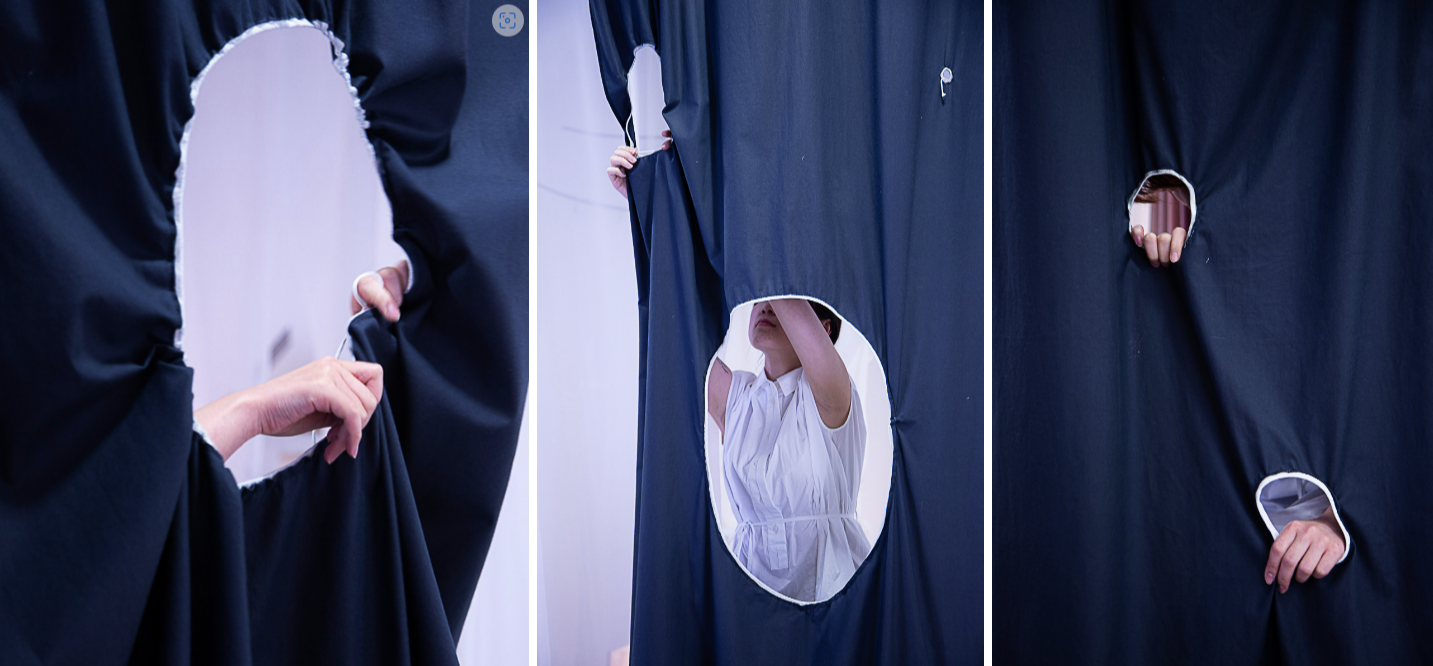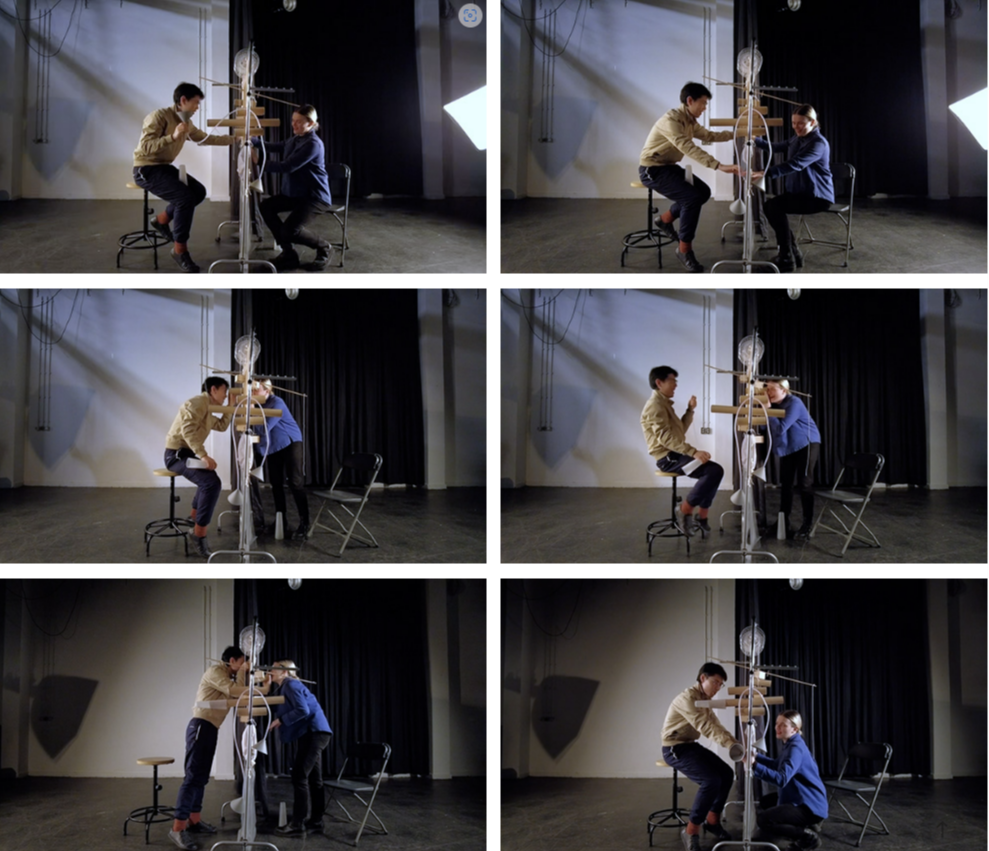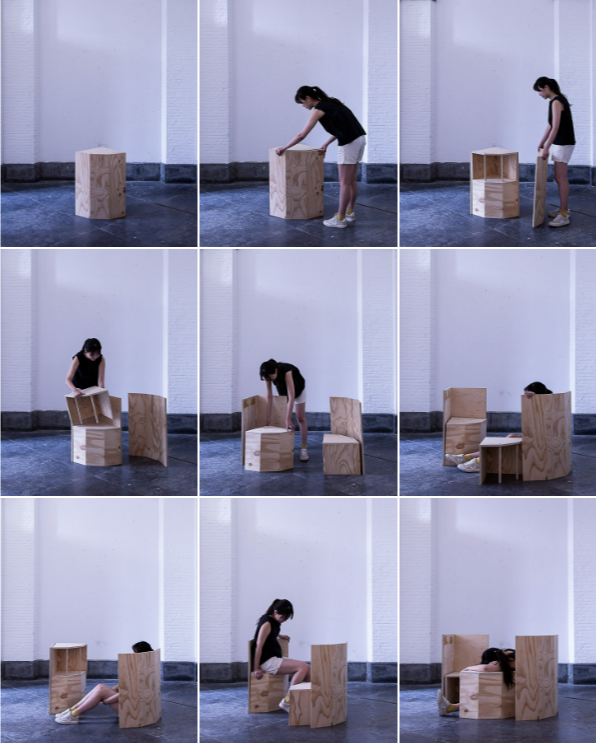NURI KIM
iNTERIOR DESIGN AND aRCHITECTURE (INSIDE)
Royal Academy Of Art The Hague KABK
Graduates: 2023
Specialisms: Design for Social Good / Interior Architecture
My location: Den Haag, Netherlands
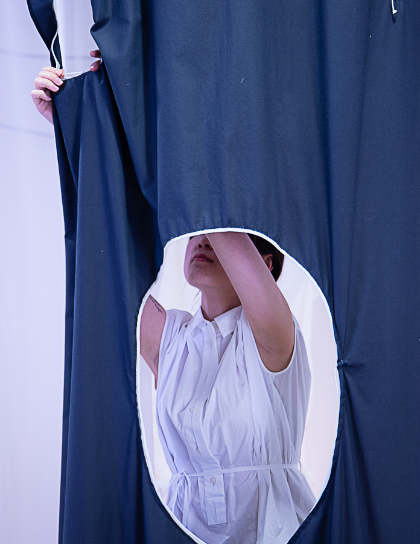

NURI KIM

First Name: NURI
Last Name: KIM
University / College: Royal Academy Of Art The Hague KABK
Course / Program: iNTERIOR DESIGN AND aRCHITECTURE (INSIDE)
Graduates: 2023
Specialisms: Design for Social Good / Interior Architecture
My Location: Den Haag, Netherlands
Website: Click To See Website
About
The emergence of the internet and smartphones has transformed communication and human relationships, expanding the range of communication and diminishing the importance of time and space. However, despite the increase in the number of relationships, social problems caused by loneliness and isolation are also on the rise, and people now tend to prefer personal space. This phenomenon raises important questions about the changing meaning and value of relationships in modern society, as well as the role of spatial design in addressing these challenges. This project aims to understand the desires of modern people regarding relationships from a spatial perspective, given the increasing number of one-person households and the issue of loneliness. Especially, this project explored the sensory aspect of communication through 'spatial experimentation' which is being faded while indirect communication is increasing. By utilizing nonverbal communication as a foundation, several spatial tools were employed to induce communication centered around movement, tactile sensations, and olfaction. Based on interviews conducted during spatial experiments and various psychological and sociological research, a concept of a virtual communication space prioritizing sensory connection was devised. In this virtual space, time and space are shared. The boundaries that separate spaces are flexible, opening and closing, allowing individuals to sense and communicate with each other through their senses. While modern communication often begins with the exchange of information and linguistic interaction, in this virtual space, communication starts with movement, friction, noise, or scent occurring in the shared physical environment. The boundaries that distinguish spaces are composed of various forms of curtains, which can open or close depending on the specific needs. These flexible boundaries allow each space to become a personal area or a shared area, depending on the circumstances.
Competitions




